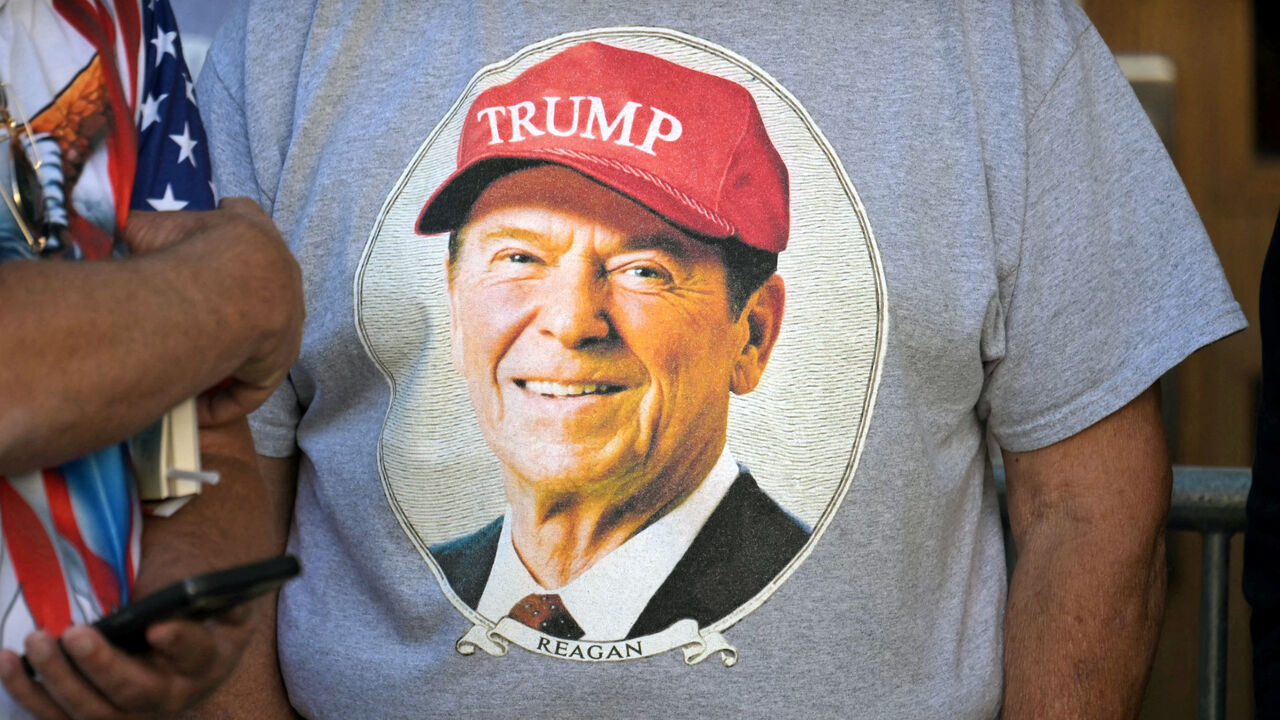Price rises in the euro area held steady at 2.4% in April, while the economy returned to growth in the first quarter, according to flash figures published Tuesday.
Headline inflation of 2.4% was in line with the forecast of economists polled by Reuters. On a monthly basis, inflation was 0.6%.
It is the seventh straight month the headline rate has been below 3%, despite a slight rebound in the rate in December due to energy prices.
Core inflation, excluding energy, food, alcohol and tobacco, dipped to 2.7% from 2.9% in March. The impact of a lower year-on-year price of energy continued to moderate, coming in at -0.6% versus -1.8% in March.
Price increases in services, a key watcher for the European Central Bank, cooled to 3.7% from 4%.
Gross domestic product meanwhile rose by 0.3% over the first three months of the year, slightly better than consensus economist expectations. GDP for the fourth quarter of 2023 was revised from no growth to a 0.1% contraction, which means that the euro zone was in a technical recession in the second half of last year.
Market expectation is mounting for the ECB to start cutting interest rates at its next monetary policy meeting on June 6. Money market pricing currently indicates a nearly 70% probability of a June trim, according to LSEG data, with even higher bets on a cut in July or September.
A host of voting ECB members told CNBC earlier this month that they are anticipating an interest rate reduction in June, citing the need to prevent an excessive slowdown in the euro zone economy. They also flagged risks from oil prices and volatility in the Middle East.
The fact that services inflation fell for the first time in six months, serves as a “more important development that increases our confidence that the ECB will lower policy rates in June,” Gerardo Martinez, Europe economist at BNP Paribas, said in emailed comments.
However, Martinez noted the slightly lower-than-expected fall in core inflation and volatility in some areas of services that had increased the inflation rates in France and Italy.
“With the path from here likely to be bumpy and growth data showing that the eurozone economy is gathering momentum, we think the path beyond June remains more uncertain and we continue to expect a gradual and cautious (quarterly) pace of easing from the ECB,” Martinez said.
Jane Foley, head of FX strategy at Rabobank, told CNBC by email that growth figures were encouraging, and that firmer than expected core inflation “may suggest less urgent need for more accommodative monetary policy from the ECB.” This supported the euro on the back of the release, she said.
“While a June rate cut is considered by many market participants to be almost a done deal, there is still plenty room for debate about the pace of ECB policy moves later in the year,” Foley added.

 Personal Finance1 week ago
Personal Finance1 week ago
 Blog Post1 week ago
Blog Post1 week ago
 Economics5 days ago
Economics5 days ago
 Economics1 week ago
Economics1 week ago
 Personal Finance1 week ago
Personal Finance1 week ago
 Economics6 days ago
Economics6 days ago
 Accounting5 days ago
Accounting5 days ago
 Personal Finance5 days ago
Personal Finance5 days ago





















